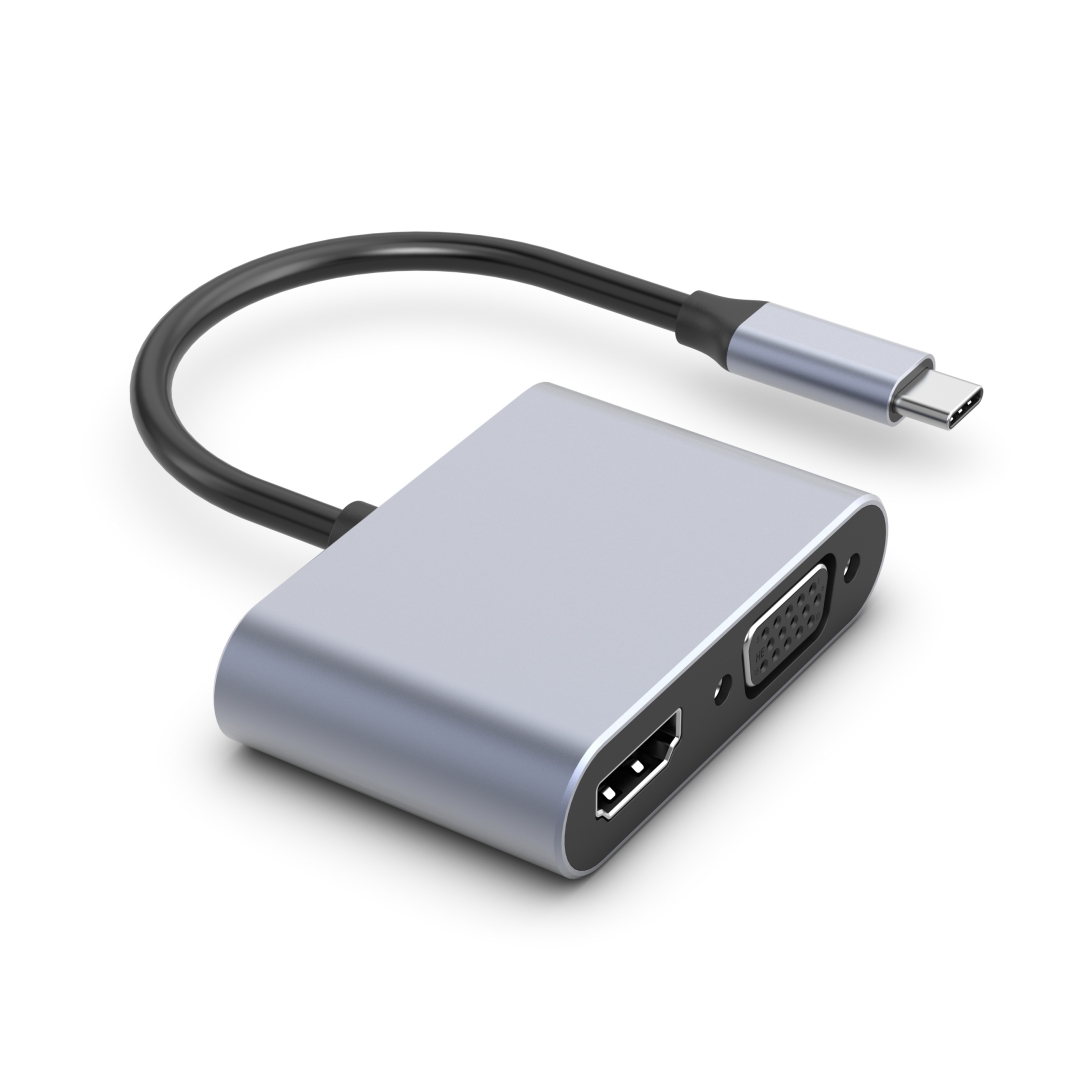Exploring the Ports Found on Type-C Hubs and Their Functions

What ports are commonly found on Type-C hubs? In this article, we will delve into the various ports that are typically present on Type-C hubs, their functionalities, and why they have become popular in the tech industry. Let's explore the world of Type-C hubs and their essential ports.
1. USB Type-C Port
The USB Type-C port is the fundamental feature of Type-C hubs. It serves as a multifunctional port, enabling data transfer, power delivery, and display output. The USB Type-C port has a symmetric design, allowing you to insert the connector in any orientation, reducing frustration and making it more user-friendly.
2. USB-A Ports
USB-A ports are commonly found on Type-C hubs to maintain compatibility with older devices that still use traditional USB connections. These ports are widely used for connecting peripherals like keyboards, mice, external hard drives, and flash drives. Having USB-A ports on Type-C hubs ensures that users can still utilize their legacy USB devices without requiring additional adapters.
3. HDMI Port
The HDMI port on Type-C hubs enables the transmission of high-quality audio and video signals. With an HDMI port, users can connect their laptops or tablets to external monitors, projectors, or TVs, making it convenient for presentations, gaming, or watching movies. This port is especially useful for devices lacking built-in HDMI connectivity.
4. Ethernet Port
An Ethernet port on a Type-C hub provides a reliable and stable wired internet connection. This port is essential for those who require a faster and more consistent internet connection, such as gamers, professionals working with large data transfers, or individuals in areas with weak Wi-Fi signals. Having an Ethernet port on a Type-C hub ensures a seamless internet experience.
5. SD Card Slot
Many Type-C hubs are equipped with an SD card slot, allowing users to directly transfer files from cameras, smartphones, or other devices with SD card compatibility. This feature is particularly beneficial for photographers, videographers, and content creators who frequently need to access and transfer large files using SD cards.
Summary
Type-C hubs are becoming increasingly popular due to their versatility and convenience. The commonly found ports, such as USB Type-C, USB-A, HDMI, Ethernet, and SD card slots, make these hubs adaptable to various scenarios and device connections. Whether you need to connect multiple peripherals, extend your display, access faster internet, or transfer files, Type-C hubs provide the necessary functionalities in a compact and portable package.



